How the 242 residents of the world’s most remote inhabited island live

Looking for a secluded destination getaway? How about one of the most remote places on Earth?
Tristan da Cunha, a group of volcanic islands in the South Atlantic Ocean, is the most isolated inhabited archipelago on the planet, meaning it is located at the greatest distance to civilization — 1,514 miles south of the island of Saint Helena to be exact. From the United States, the most feasible route there involves a 15-hour flight to Cape Town, South Africa, followed by a six-day boat ride.
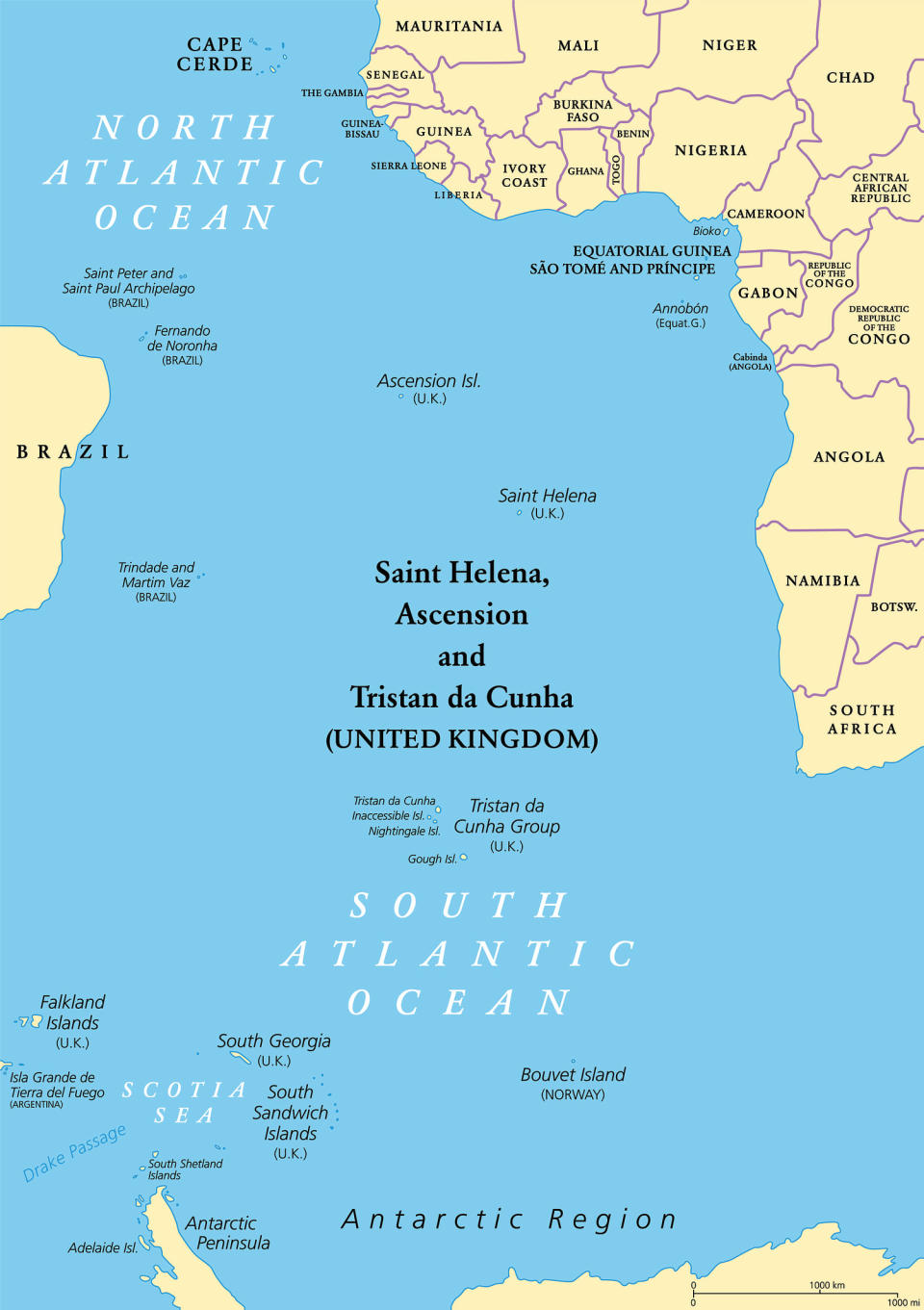
Edinburgh of the Seven Seas — the main settlement of Tristan da Cunha island, one of several islands in the British overseas territory — has terrain that is too rocky for an airstrip, making the area only accessible by sea. And planning ahead is key when only nine boat visits are made to the island each year.
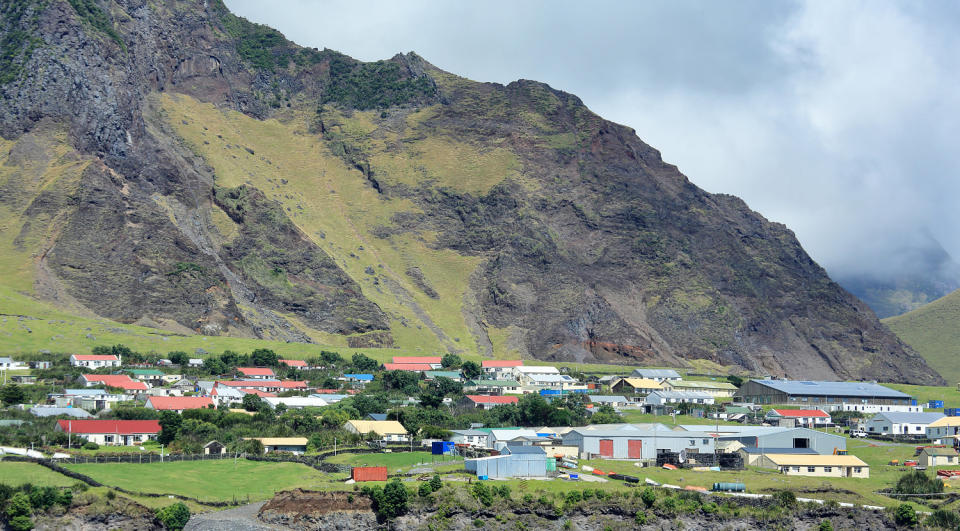
That’s why when residents are looking to get their Amazon Christmas shopping squared away, they must start six months in advance, Kelly Green, the head of tourism on the island, told TODAY by email.
Accordingly, residents operate an independent and sustainable lifestyle.
“The islanders are very self-sufficient,” said Green in a video on her personal TikTok account that she uses to educate people about the island. The community is almost completely reliant on its own agriculture, and the government assigns two sheep per person and one cow per family, she said.
Discovered in 1506 by a Portuguese admiral on route to the Cape of Good Hope in modern-day South Africa, the island wasn't established as a permanent settlement until 1816, when a British garrison took command of the island under King George III, according to the official Tristan da Cunha website. This small group that called the island home — and those that ended up shipwrecked on the island a few years later — claimed just seven surnames of American, Dutch, English, Scottish and Italian descent.
With only 242 inhabitants today, the island population frequently varies — the community website is updated each time a ship arrives and drops off or takes aboard a new passenger — typically an expatriate.
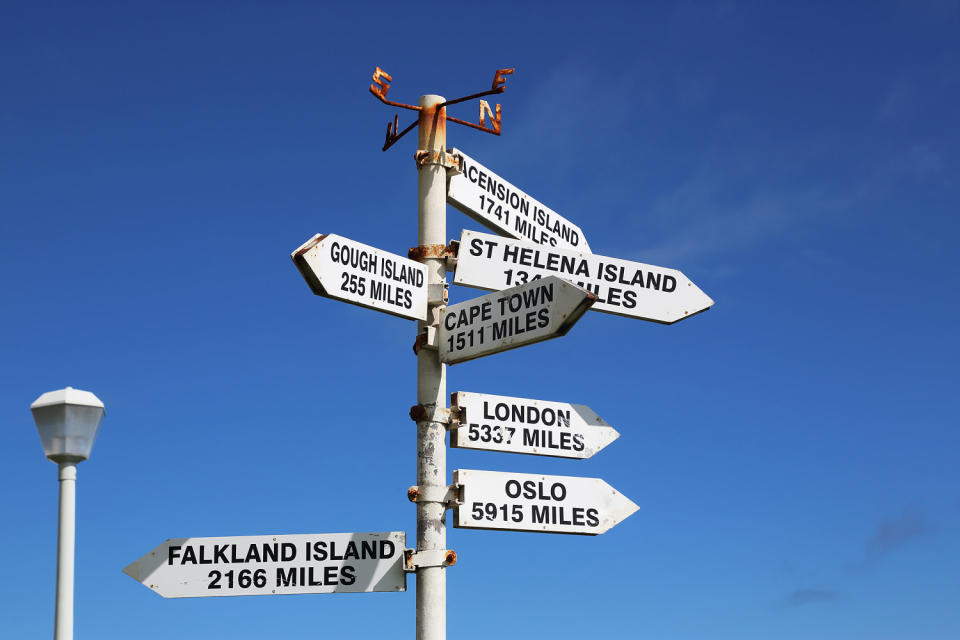
The TikTok account @Map_Nerd posted a video in May answering frequently asked questions about the distinct and secluded community — most of which focused on the unique cultural makeup of the village members.
“A majority of the island is related,” says a resident named Iris in the video. She noted that because of the large variety of people that have stayed on the island, intermarriage and having children hasn't been a problem for the gene pool.
Inhabitants of the island speak a dialect of English that is used by the fewest number of people in the world, according to the Map Nerd video.
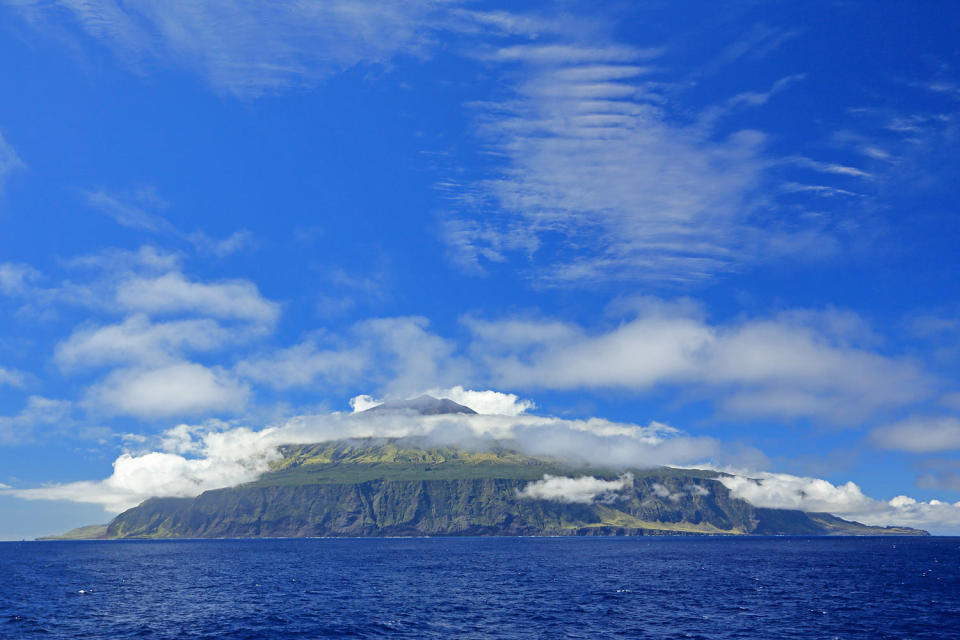
Information, along with the pace of life, travels at a much more leisurely speed on the island. Daily farming — including sheep shearing and cow tending — is a communal and daily activity for all villagers. Live television and news didn't hit the island until 2001, according to Map Nerd. Perhaps most significantly, COVID-19 has never made its way onto the island, said Green.
While slow internet service is available, there is no phone network or local newspaper on the island, Conrad Glass, Tristan da Cunha's inspector of police, told TODAY in an email. “There is local gossip,” said Glass. “It’s much faster than the internet, but not always as accurate,” he joked.
The island has two churches and one medical facility with a couple of permanent physicians and a visiting dentist, said Glass. Priests and some more specialized medical professionals may only visit for a few weeks or months at a time, according to the community website. For those raising children on the island, a five-classroom school handles education for students aged 3-16.
"When there's a landslide, an earthquake or, heaven forbid, a volcano, there will be a gong rung to inform the heads of each family," Glass told Map Nerd. "We do have emergency supplies and emergency buildings," he said.
But on a normal day, visitors might find themselves at Café da Cunha, the town coffee shop that doubles as a village museum, or Albatross, the singular town bar.
From the way community leaders speak of their home, the societal isolation from the outside world offers some off-the-grid benefits.
"Tristan offers a security that is rarely found in the world these days," Conrad Glass told Sky News. The community works together to survive and always lends a helping hand when necessary, said Glass.
One of the best views of the island can be seen by completing a challenging hike to Queen Mary's Peak, which rests atop what the islanders have dubbed the 1961 Volcano, named after its infamous eruption in that year — causing the entire village to evacuate to England for two years. Though still active, the volcano features a path to the breathtaking summit that many regard as a top bucket-list item for world travelers.
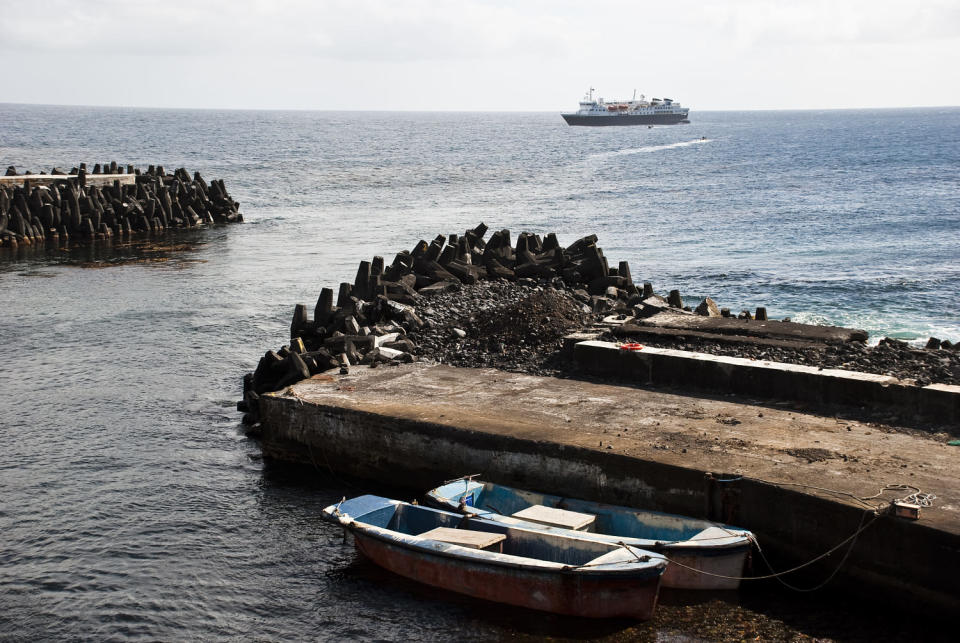
But those wishing to visit the island should note that it has been closed to tourists since the start of the coronavirus pandemic, according to Green. Tourism will reopen once the entire island has received a COVID-19 booster shot, which is expected to arrive via vessel in the next week.
Once Tristan da Cunha opens up again, the best way to visit means securing a spot on one of the nine fishing vessel trips that will take place throughout the year.
Just be prepared to go fully off the grid.
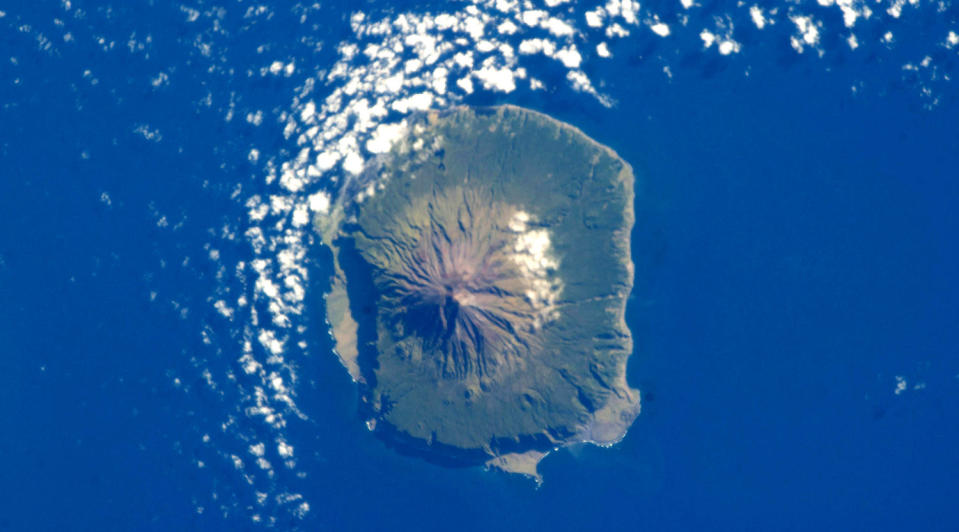
This article was originally published on TODAY.com